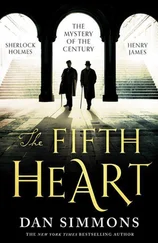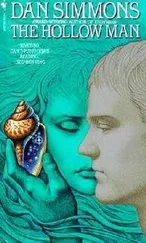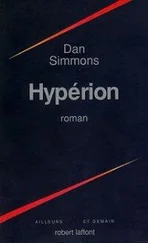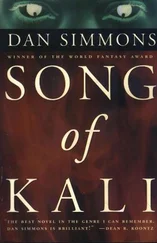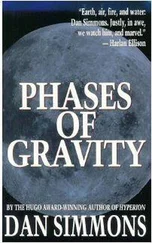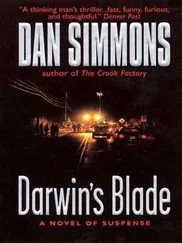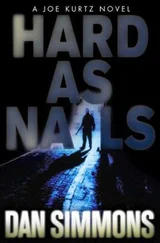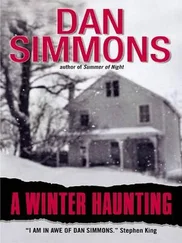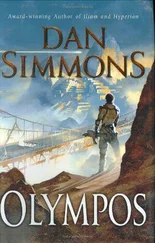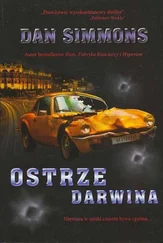Paha Sapa’s answer is said from a great distance but sincere.
— Yes, I would like that.
— And, of course, you need to get out of the sun at once. You must ride with us. Roger, would you please give Monsieur… Mister… Paha Sapa a hand back to the car.
Paha Sapa stops Roger’s helpful hand before it can touch him. He looks at his son’s wife.
— It’s just Paha Sapa, Mademoiselle… may I call you Renée? It’s such a pretty name, and it reminds me of one I love dearly.
Madame Renée Zigmond Adler de Plachette blushes fiercely and for a second Paha Sapa can clearly see the beautiful young nineteen-year-old girl with whom his romantic son fell in love. He realizes that the marriage must have been just days before the influenza and overwhelming pneumonia descended on Robert, and he also knows that there is a long and serious story—possibly having to do with the father’s and family’s horror that she married a gentile—behind her having never contacted him before this.
He wants to hear it all. He says softly—
— I’ll follow you into town on the motorcycle. It’s Robert’s, as you know, and I don’t want to leave it here. I’ll be all right. Just keep an eye on me in the mirror, Roger, and if I start driving or acting goofy again, you can stop for me.
The chauffeur grins under his mustache and nods. The four begin walking back toward the road and parking area.
— Oh, monsieur… sir… you have forgotten this.
His granddaughter is holding out the canvas shoulder bag with the Colt revolver in it. If she is surprised by the heaviness of the bag or if she has peeked inside, she says and shows nothing.
— Thank you, mademoiselle.
They discuss logistics again and then the small procession is moving, the long white Pierce-Arrow turning around in three tries and the Harley-Davidson J putt-putting along behind it.
As they pass Last Stand Hill on the left, Paha Sapa stops, lets the motorcycle idle while the sedan moves on ahead of him. Looking at the stone monument and the white headstones dotting the hillside, he suddenly realizes— My ghost is gone.
It is not an altogether pleasant sensation. As he realized only yesterday, George Armstrong Custer had been married to his Libbie for twelve years when he died; Paha Sapa had been married to Rain de Plachette for four years when she died. But Paha Sapa and Custer’s ghost were together for sixty years, two months, and some days.
Paha Sapa shakes his head. The pain in him seems to have receded a bit.
He looks to the southeast, toward the distant and quite invisible Black Hills and all he has left behind there… and all he might yet see and do there.
When he whispers the next words, they are not offered to the bones or memories buried on this battlefield hill in Montana, but to those people he has loved and fought against and lived with and worked alongside of and held close and seen slip away and lost forever and found again in sacred places elsewhere, not close to this place, and yet also not so very far away from this place.
— Toksha ake čante ista wacinyanktin ktelo. Hecetu. Mitakuye oyasin!
I shall see you again with the the eye of my heart. So be it. All my relatives—every one of us!

GUTZON BORGLUM’S VISION OF MOUNT RUSHMORE WAS NEVER COMPLETED.
Besides specific plans to finish carving elements of Washington’s, Jefferson’s, and Lincoln’s upper bodies, including coats and lapels, with Abraham Lincoln’s left arm and hand grasping his lapel to be finished in some detail, Borglum also insisted on the necessity of completing the long-planned Entablature and the Hall of Records, which had already been begun.
Originally, as part of Borglum’s search for money and official support in the late 1920s, the Entablature was to be a huge area of the mountain to the right of the four heads, words chiseled onto a flattened, clean white surface in the shape of the Louisiana Territory, each letter of each word taller than a man. It was (according to Borglum’s insistence and early announcements) to have carried an appropriate passage to be written by Calvin Coolidge. Borglum had begged Coolidge to compose this message when the president was there at the first dedication of the Mount Rushmore site in 1927, and Coolidge had reluctanctly promised to do so.
The ex-president began slowly composing his message to people a hundred thousand years in the future after he’d left office in 1929, and in 1930 he’d completed the first two paragraphs, which were released to the world’s press by Gutzon Borglum. The world’s press almost hurt itself laughing and criticizing Coolidge’s stilted Entablature Message. In private, Coolidge was furious because these two paragraphs were not the paragraphs he had written. With typical arrogance, Borglum had taken the liberty of rewriting them before releasing them to the press.
Despite the ex-president’s privately expressed anger, Borglum had begun the actual carving on the Entablature site, blasting and carving in a giant 1776 where the first paragraph would go. Coolidge then withdrew from the whole affair. Despite pleas from the Mount Rushmore Commission, the ex-president refused to write another word. In the following year, 1931, the retired president asked a friend, Paul Bellamy, who was visiting Coolidge at the ex-president’s home in Massachusetts, just how far Bellamy thought the distance was “from here to the Black Hills.” Bellamy opined that he thought it must be about fifteen hundred miles.
“Well, y’know, Mr. Bellamy,” said Coolidge while drawing on his cigar, “that’s about as close to Mr. Borglum as I care to be.”
Coolidge died in 1933. Undaunted, Borglum brought his Entablature idea to the Hearst newspaper chain in 1934, suggesting that there should be a national contest, open to all Americans, to write the Entablature “manuscript.” Borglum was willing to offer cash, medals (designed by himself, of course), and a college scholarship to the winner.
The National Park Service, which was overseeing the Mount Rushmore Project by then, thought it was a terrible idea and so did Borglum’s and Mount Rushmore’s most faithful and successful backer, South Dakota’s Senator Peter Norbeck. Borglum ignored their warnings and concerns and went ahead with the national contest, convincing FDR to be on the judging committee along with First Lady Eleanor Roosevelt, Interior Secretary Harold Ickes, nine US senators, and a sprinkling of other notables. The Underwood Typewriter Company agreed to donate twenty-two new typewriters as prizes.
In 1935, the judging committee, including President Roosevelt and the First Lady, made its recommendation for five finalists. Borglum didn’t like them and tossed them all out. The grand prize was finally won by a young Nebraska man named William Burkett, and the money and scholarship allowed Burkett to attend four years of college during the depths of the Depression. Burkett was so grateful that he asked to be buried in the unfinished Hall of Records, where, in 1975, the Park Service installed a seven-foot-tall bronze plaque bearing the full script of his winning Rushmore Entablature Contest essay. The Park Service denied his request.
The Hall of Records and the giant carved stairway leading to it were central parts of Gutzon Borglum’s design for the Mount Rushmore “Shrine to Democracy,” and he started serious work on the entrance tunnel in the winter of 1938–39. Both the noise of the jackhammers in the confined space and the incredible amount of fine dust kicked up made work in the tunnel dangerous and almost unbearable. Borglum pressed on.
Читать дальше


